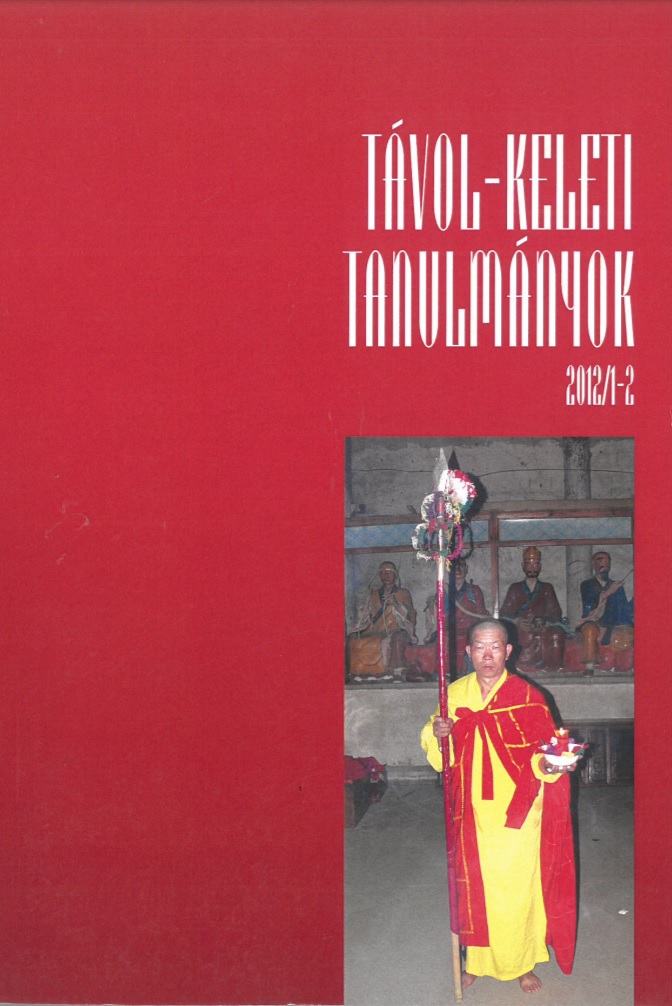Published 2014-09-03
How to Cite
Copyright (c) 2014 the author(s)

This work is licensed under a Creative Commons Attribution-NonCommercial 4.0 International License.
Abstract
The purpose of this article is to introduce the brief history of the Japanese sake, tea and tobacco, which were widespread in the Edo period 江戸時代 (1603–1867). Based on some contemporary works, especially on passages from the fourth chapter of Kaibara Ekiken’s 貝原益軒 (1630–1714) Yōjōkun 養生訓, it also makes an attempt to describe the consumption of these goods. In the peaceful Edo Period, in addition to the economic and technical development, several opportunities were given to the unfolding of various forms of entertainment. Sake, which heretofore had a ritual role, became an integral part of Japanese culture. The consumption of tea for health benefits has grown to be a rather popular art all over the world. The usage of tobacco caused some social changes and also influenced some areas of fine and applied arts. Due to the rapid development of the printing press, many popular entertaining literary genres appeared and spread quickly in the urban culture. These works were written in a more accessible language, while the themes of these works were sometimes grotesque and tragicomic. These works also witness how the people of the period regarded the effects of these luxury goods.
